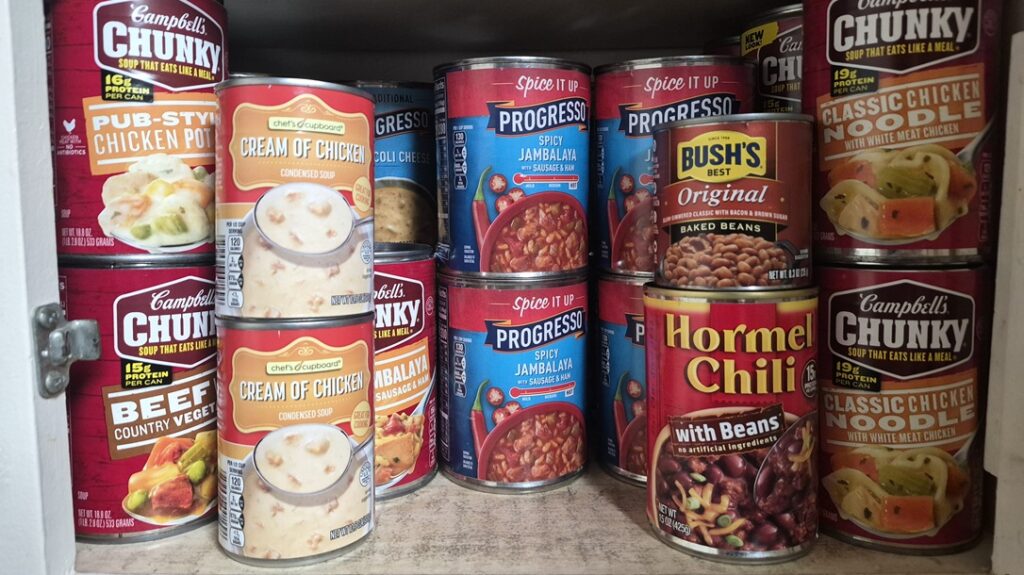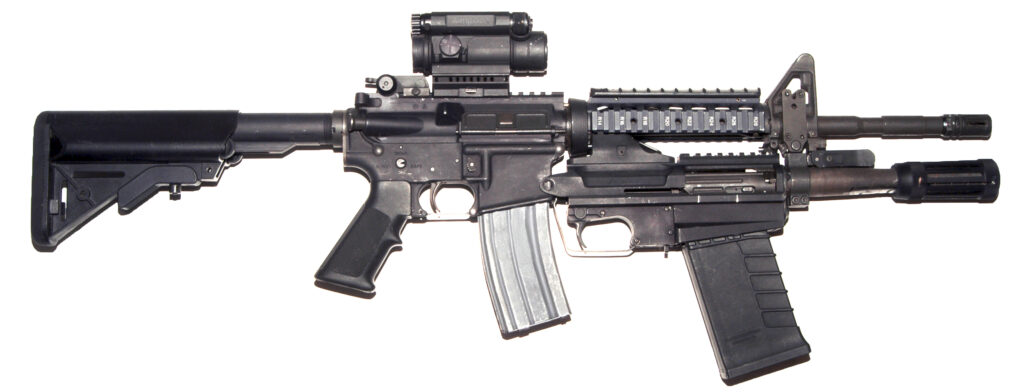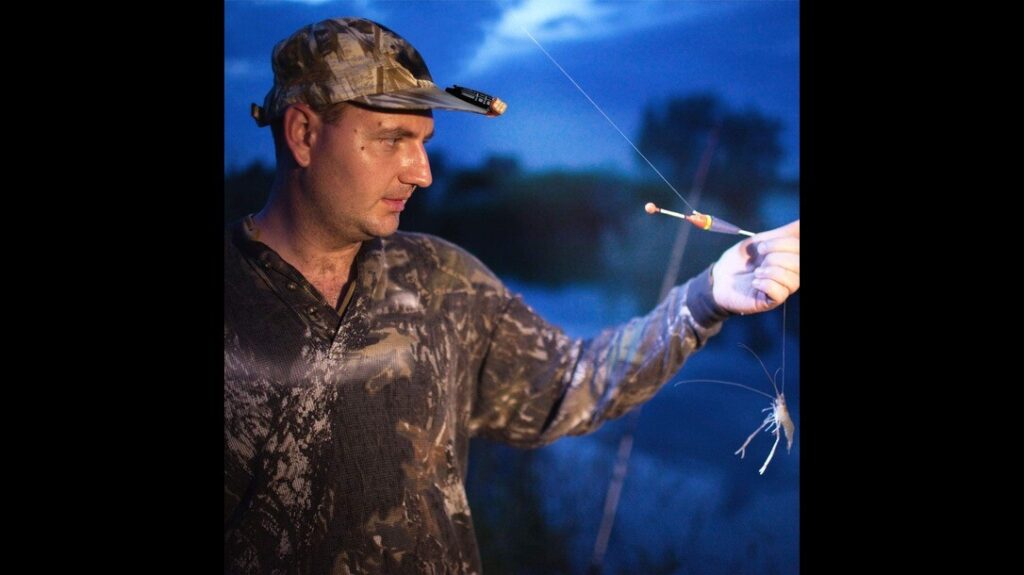Continued from Part 2…
Sending Rounds Downrange
Shooting the Smith & Wesson Safety Hammerless from rest is one of the most challenging things I’ve ever done in reviewing any firearm. The combination of its extremely heavy double-action trigger pull, the annoying wall before the trigger breaks, the dinky sights, and the overall size of the gun made it difficult to shoot for groups.
Properly managing the trigger on this revolver requires a good bit of leverage from the distal joint of the trigger finger. However, if one’s hands are bigger, it can be difficult due to the grip shape and the revolver’s sinus. I did the best I could to wrest some accuracy off the bench. Quite frankly, never having fired the archaic .38 S&W or any vintage Smith & Wesson top-break revolver, I was impressed with some of the potential accuracy that shined through.
Advertisement — Continue Reading Below
Removing the human element and the physical limitations of said human trying to shoot well, it appears both the revolver and this mild-mannered cartridge are fairly accurate. I’d love to see what I could accomplish with this cartridge from a larger K-frame Smith & Wesson, like the lend-lease Victory models that were sent to Britain chambered for .38/200 during the Second World War.
Shooting Protocol
For simplicity’s sake, I did all of my shooting at 7 yards, both supported off a bag and freestyle. I also took the opportunity to use my recently purchased Garmin Xero C1 chronograph to log the muzzle velocities of the three different .38 S&W loads that LuckyGunner sent me for the review.
The three loads included the Fiocchi 145 grain coated lead round nose Cowboy Action Load, the Fiocchi 145 grain FMJ RN Heritage load and the Magtech 146 grain lead round nose cartridge. I shot 20 rounds each at two different 10-round groups and over the chronograph.
Advertisement — Continue Reading Below
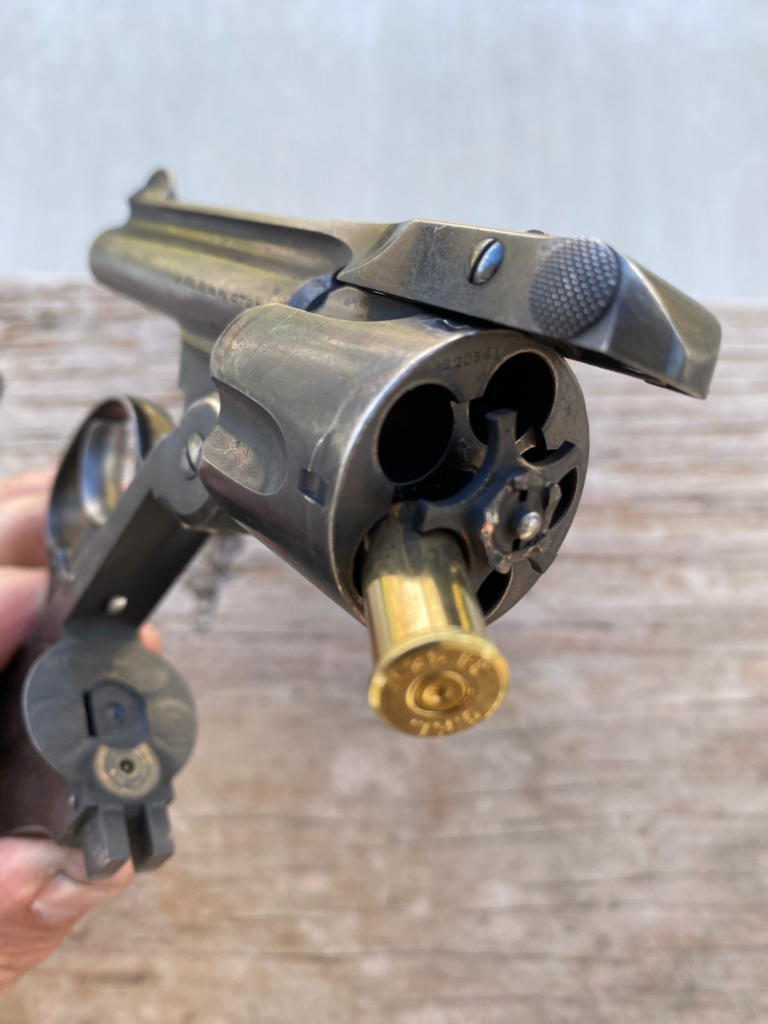
Group sizes and chronograph data are depicted below. Overall, all three loads from Magtech and Fiocchi spit out similar performance. From a user experience perspective, the Magtech lead bullet loads provided the most “authentic” shooting experience. It delivered both the distinct smell of lead bullet gunsmoke and the extra smoke that fills the air around the shooting bay.
Like most archaic revolver cartridges, the .38 S&W has been loaded with lead round-nose bullets for most of its life. Having never fired either a Safety Hammerless or the .38 S&W round, I’m not sure how to describe the felt recoil. It was closer in feeling to the push a .38 Special vintage steel J-frame than I expected, and the report was the same.
Advertisement — Continue Reading Below
It definitely didn’t feel harsh or explosive like shooting a full-house .357 Magnum revolver, either.
Removing Spent Casings
Across all three loads, the muzzle velocity mean is 619 feet per second (FPS) from the Safety Hammerless’ 3 ¼ inch barrel. During shooting, I also noticed that the Safety Hammerless’ auto-eject system removes spent casings more thoroughly with swift movements and orienting the rear of the cylinder to face the deck.
Taking advantage of gravity is also helpful, but overall, the spent brass from these factory-loaded rounds was easy to eject. I got 1-2 empty cases stuck under the revolver’s star by not being quick enough with the auto-eject mechanism.
Advertisement — Continue Reading Below
Because the distance to the target was only 7 yards, 99% of shot dispersion is assumed to be my “error.” Regardless, I still included shot-group data below.
Fiocchi Cowboy Action 145 Grain Coated RN
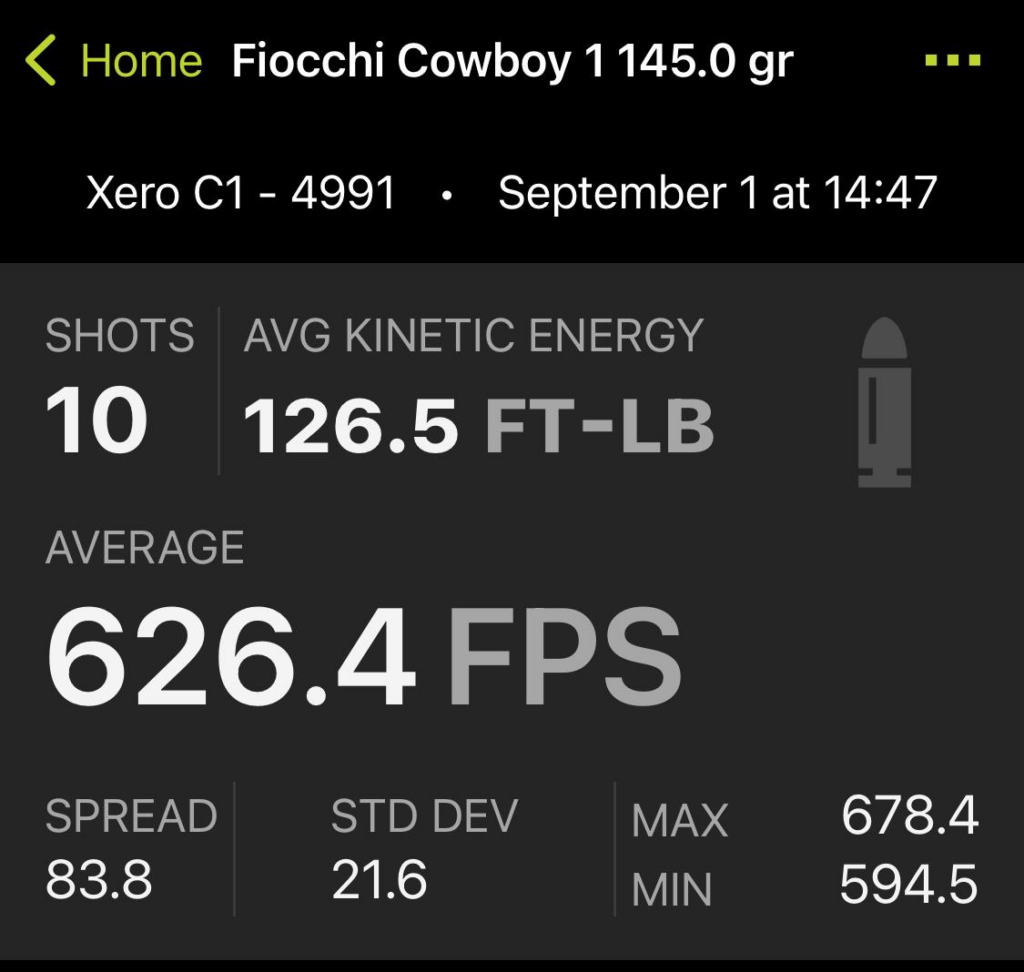
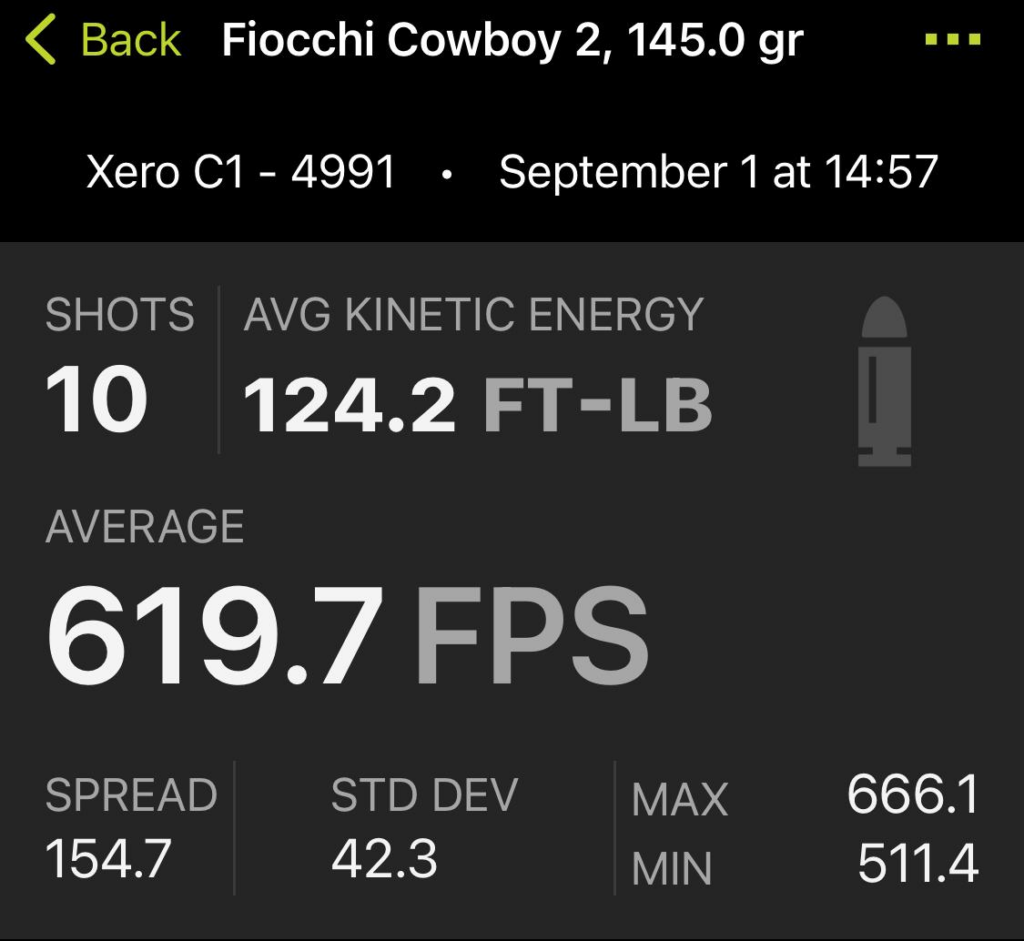
Advertisement — Continue Reading Below
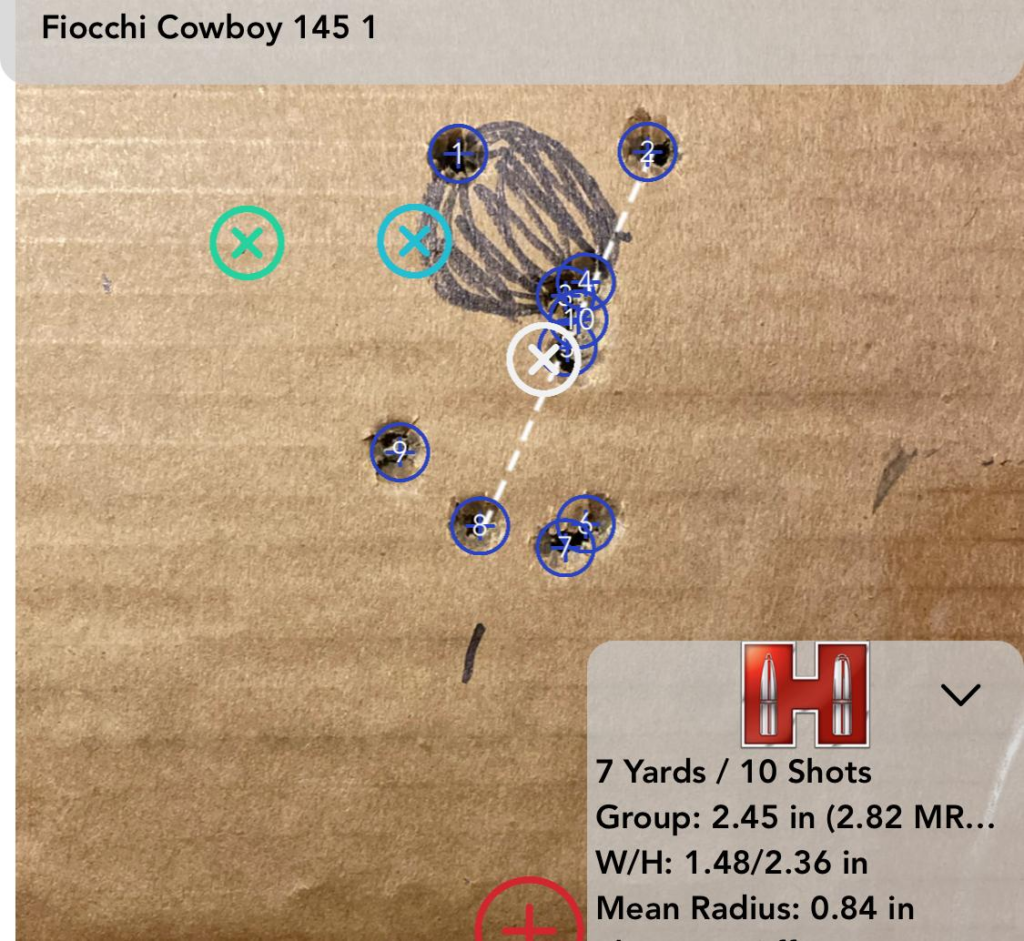
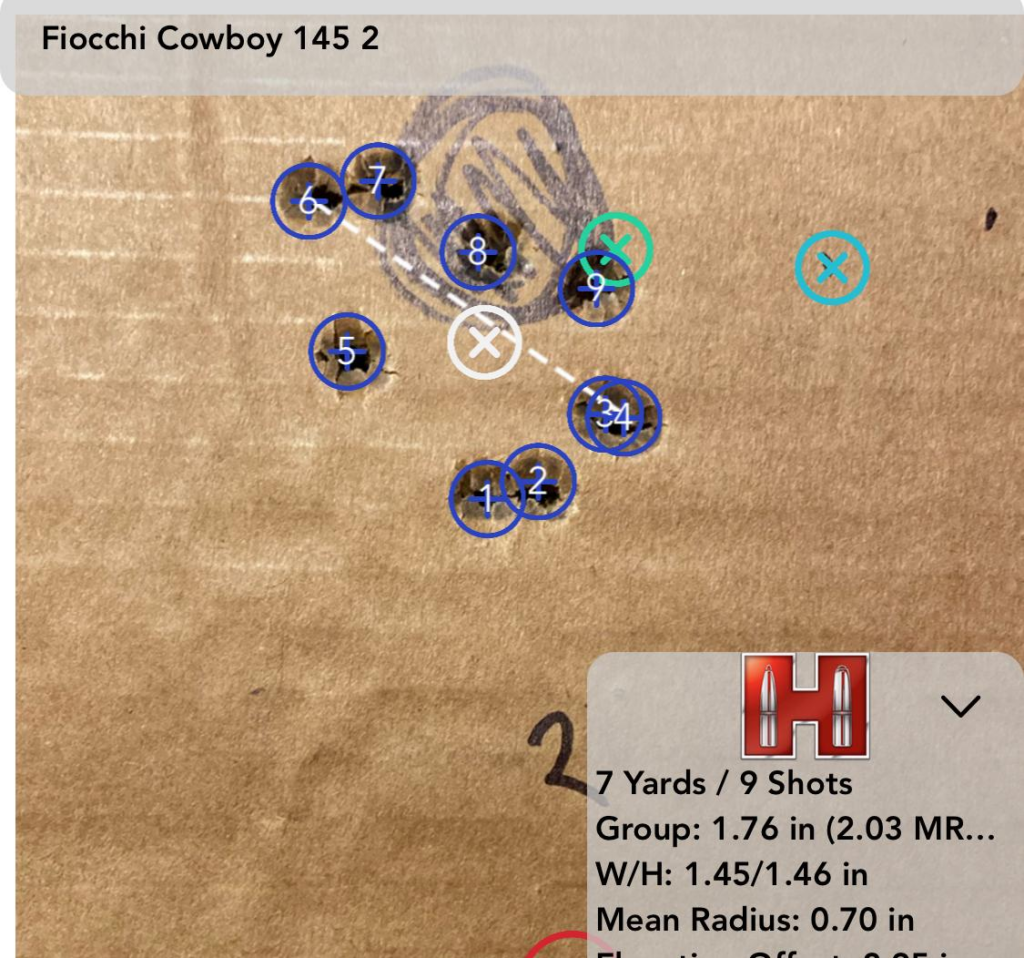
Fiocchi Heritage 145 Grain FMJ
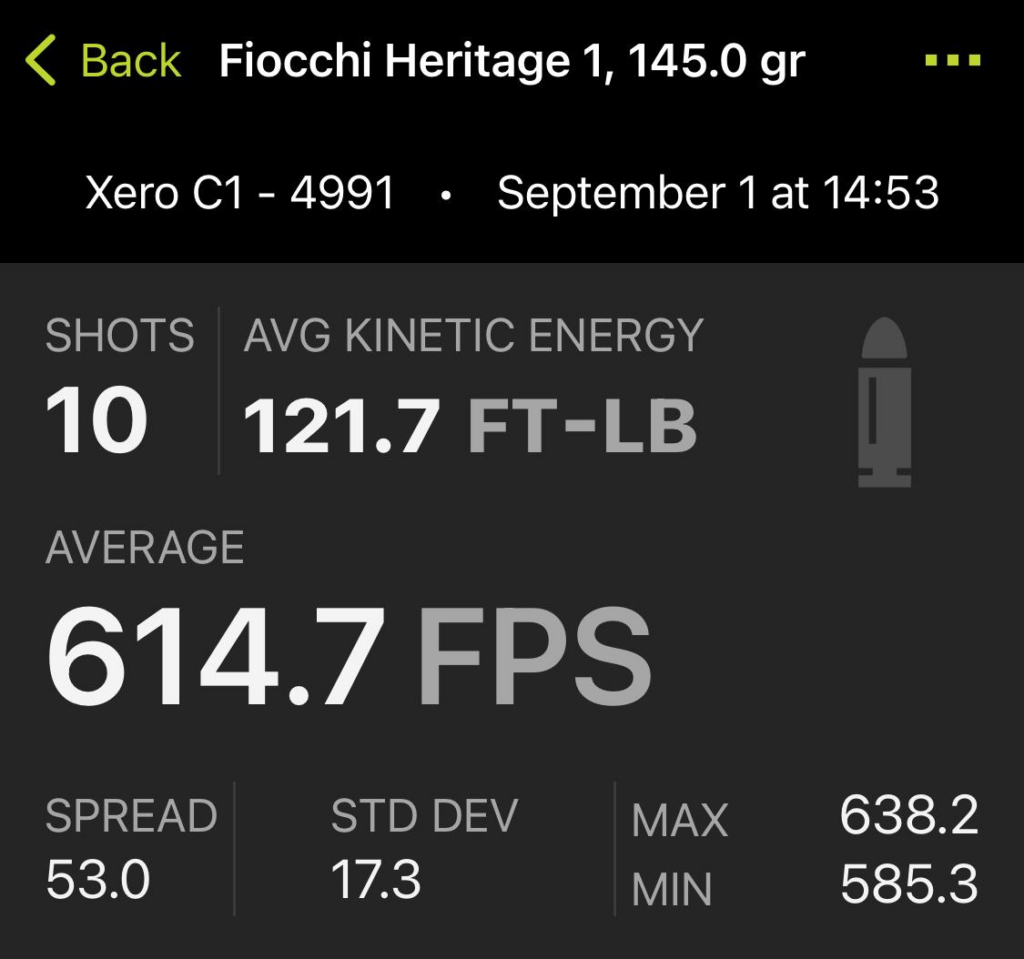
Advertisement — Continue Reading Below
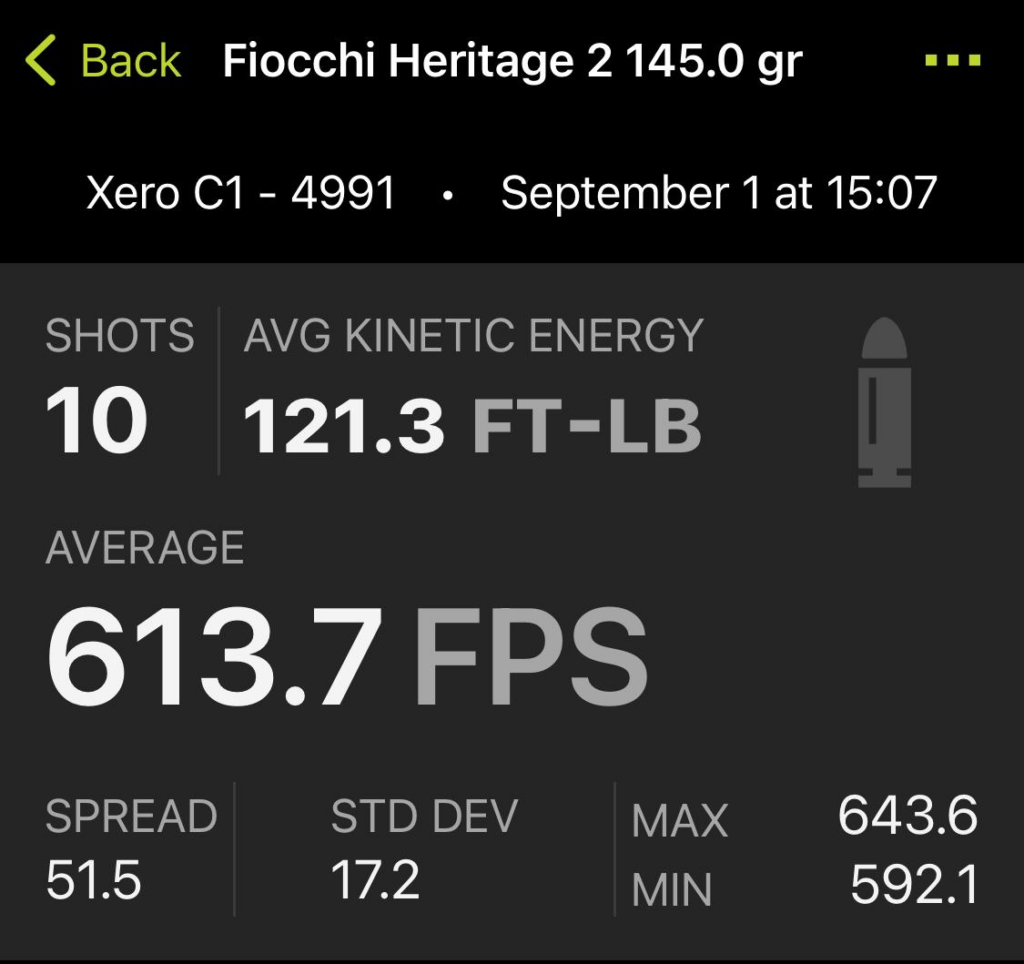
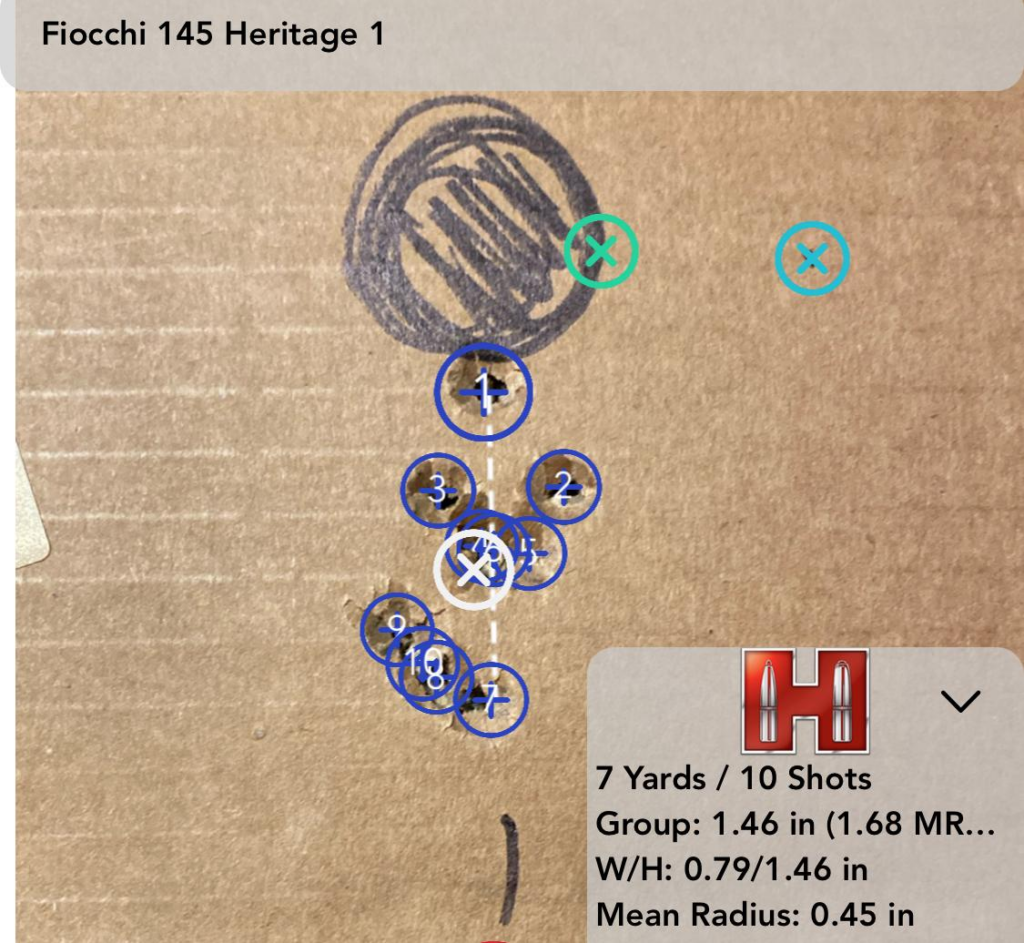
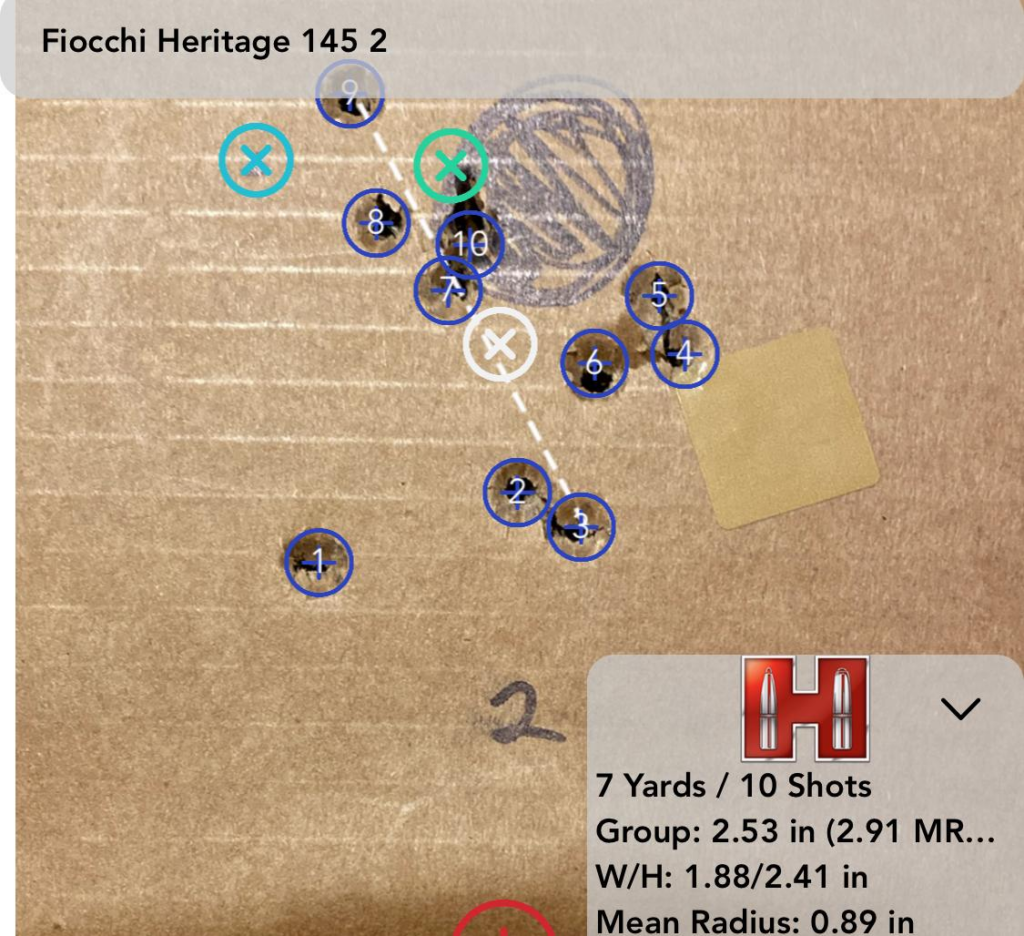
Advertisement — Continue Reading Below
Magtech 146 Grain LRN

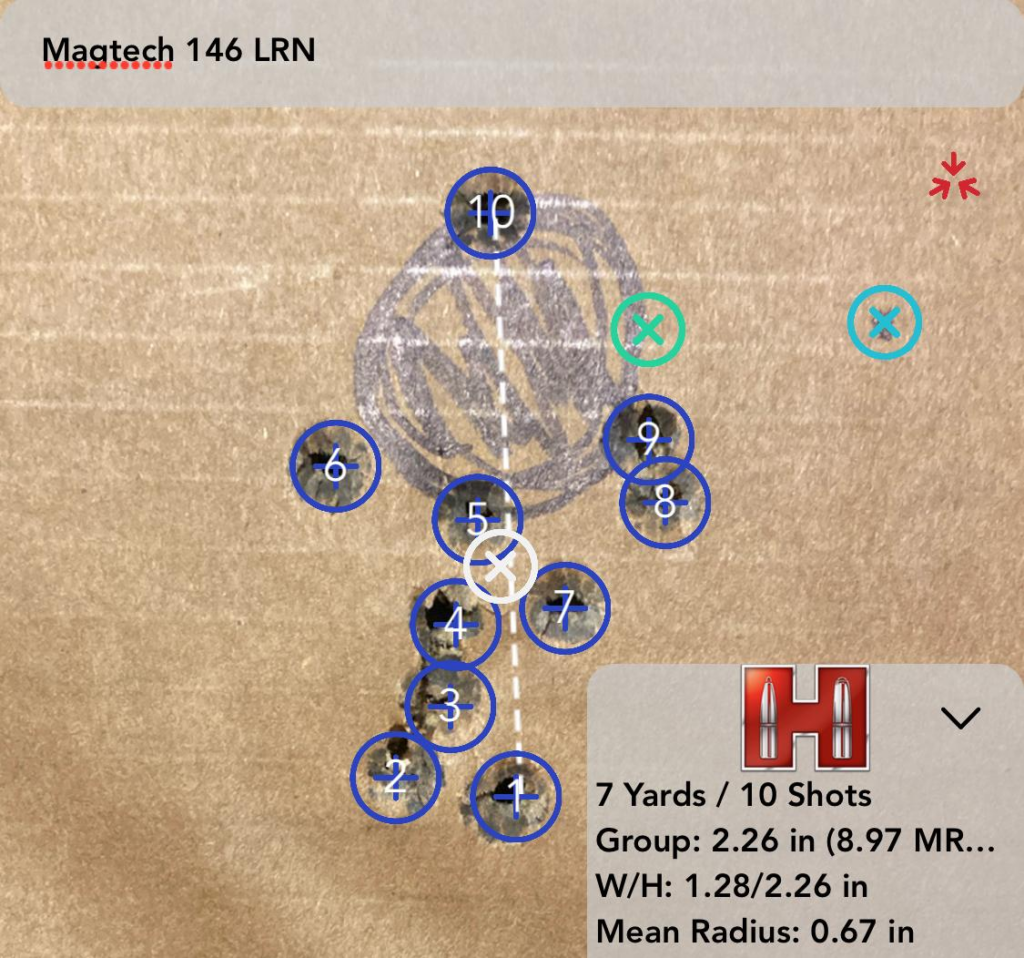

Advertisement — Continue Reading Below
Shooting The Safety Hammerless Freestyle
After the ordeal of shooting the Smith & Wesson Safety Hammerless for groups off a bag, I also decided to shoot ten additional rounds freestyle from each box of cartridges. I shot at 4-inch circles traced over the piece of cardboard I used as a target, and these freestyle groups don’t seem much different from the rested groups above.
Ultimately, shooting the Safety Hammerless freestyle contextualized the revolver candidly. It’s a purely defensive gun and meant to be fired at defensive-sized targets; its sights are too vague for any true precision.
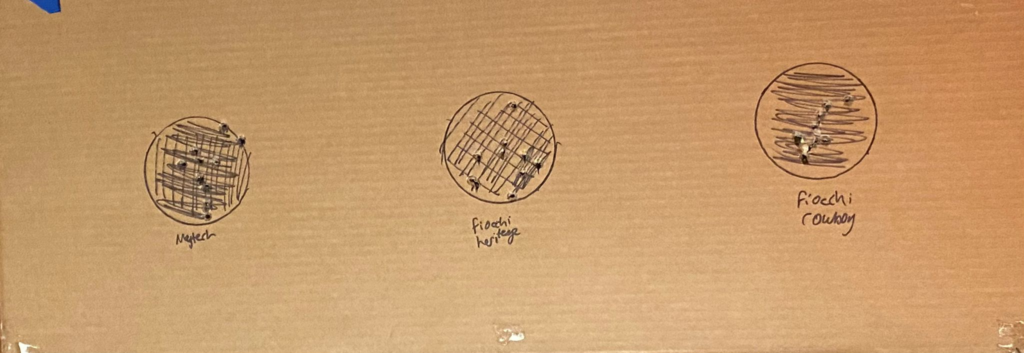
The Takeaway
Ironically, many of this ancient revolver’s elements still live on due to their usefulness in personal carry. Anno 1887, the year Smith & Wesson took a new departure by launching the Safety Hammerless, was a long time ago. It has been 137 years, to be precise. Yet many cues from the Safety Hammerless are still relevant to the present-day guns sold by Smith & Wesson and other gunmakers.
Consider the Smith & Wesson J-frame Model 40 Centennial family and all of its modern snub-nosed descendants like the 640, 642, 442, 340, 940, and the like. These classics were built around a hammerless J-frame with a five-shot capacity, a double-action-only trigger, and a very similar grip shape.
The original Model 40 Centennial itself even included the same grip safety as the one on the Safety Hammerless. Doing some research for these articles, I even caught a gentleman in a YouTube video proclaiming that J-frame 5-shot HKS speedloaders will work with the Safety Hammerless, too.
137 years later, traces of the S&W Safety Hammerless’ DNA are still present today in the latest Ultimate Carry J-frames. The new Ultimate Carry series, which originally debuted at SHOT Show 2024, also descends from the Model 40 lineage and represents a fresh take on a modern J-frame carry revolver. Much the same way, it could be argued that the Smith & Wesson Safety Hammerless set out to be the Ultimate Carry of its day back in 1887.
Special thanks to Lucky Gunner for providing some .38 S&W ammunition for this project.

